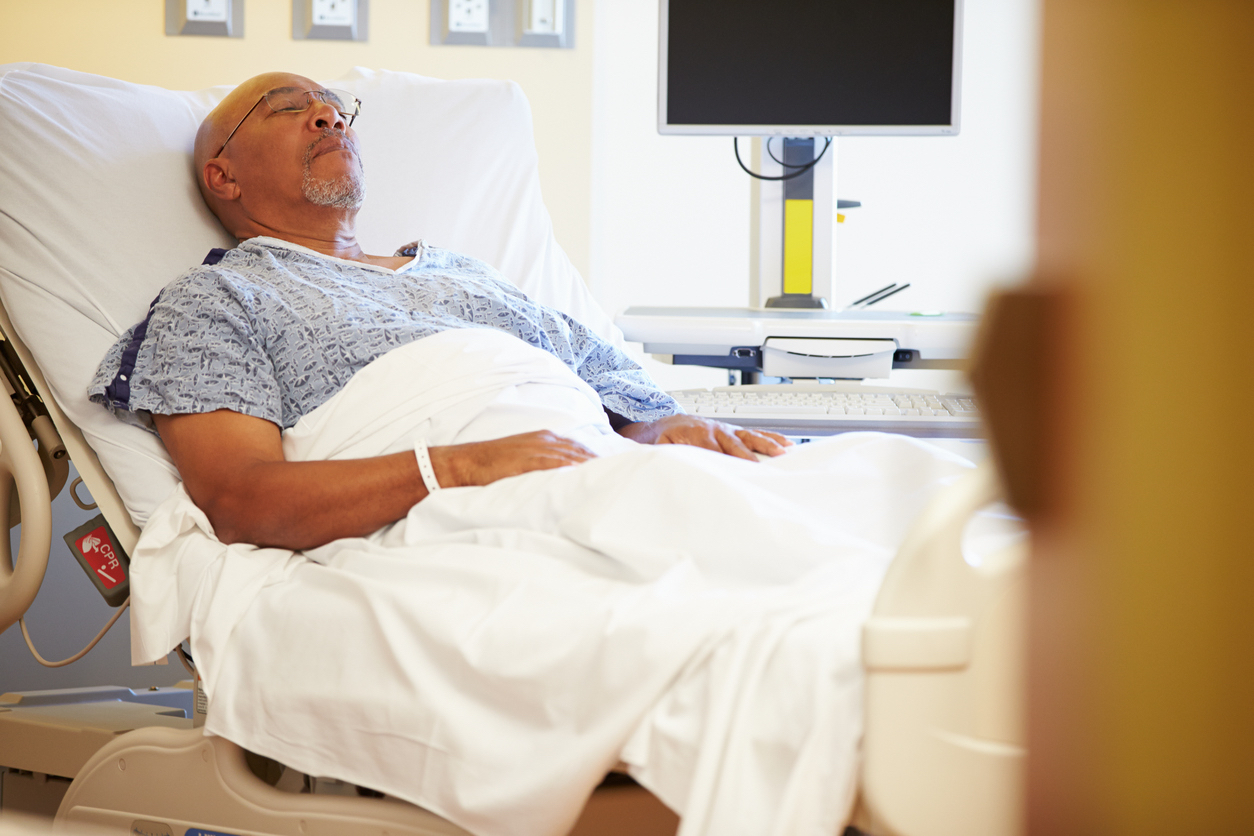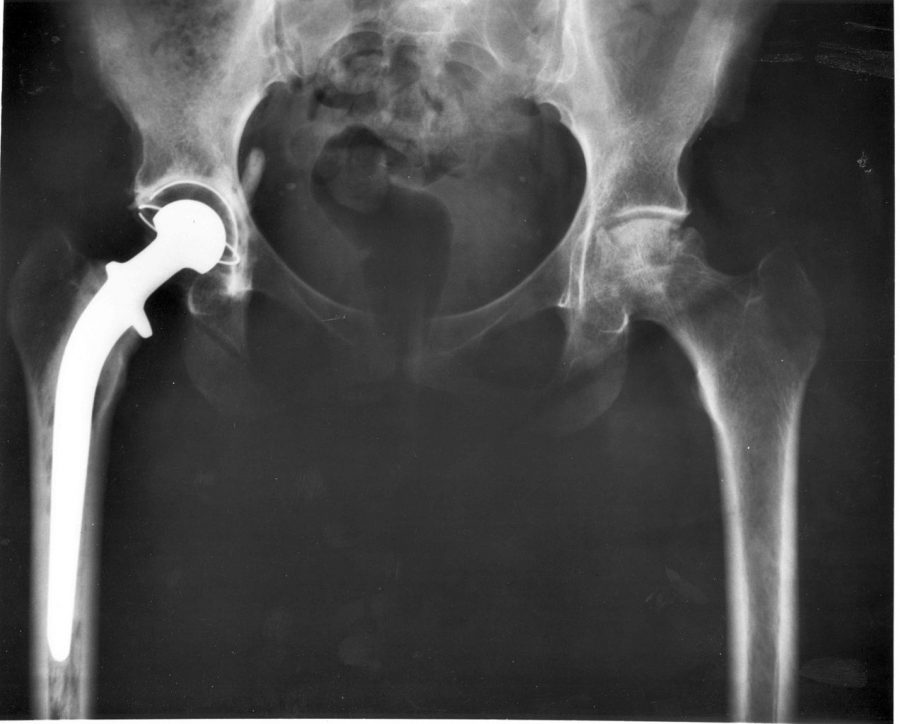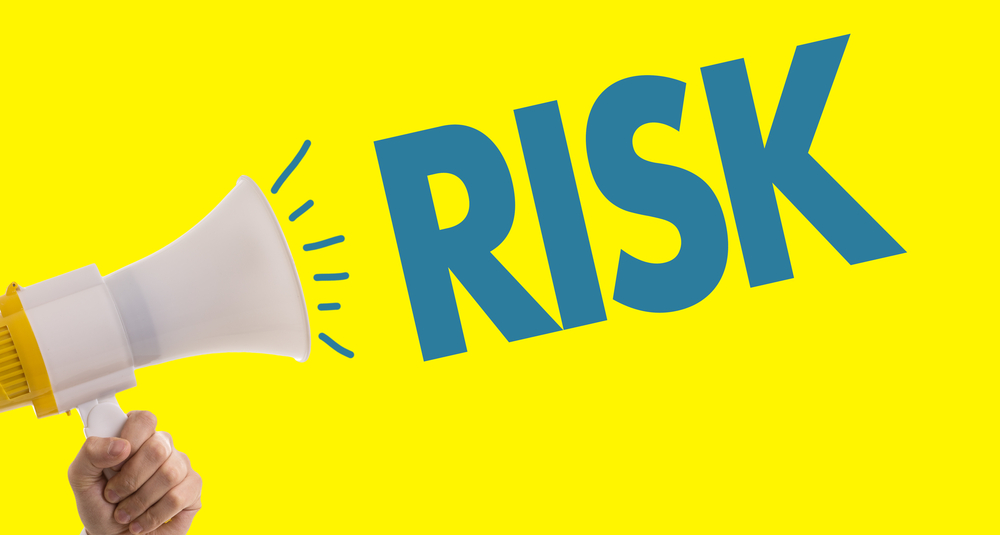Bed exercises following a total hip replacement
Posted on 31st March 2017 by Clare Butler

This blog is a critical appraisal of a randomised control trial investigating the effects of bed exercises following a total hip replacement.
Background
With each night spent in a hospital bed costing the NHS £400 (Department of Health, 2015), it is clear to see how important it is to carry out research to determine ways to reduce patients’ duration in hospital following operations such as total hip replacements (THR).
Previous research from Jesudson and Stiller (2002) evaluated the efficacy of bed exercises after a THR and found no additional short term benefits. However, Smith et al. (2008) followed patients for 6 weeks and looked to see if there would be any benefit in the long term.
Summary of the journal article
The study by Smith et al. (2008) aimed to determine whether the addition of bed exercises to a standard gait re-education programme after an elective THR improved functional outcomes and patients’ quality of life.
The exercises included 10 repetitions of active hip flexion, ankle dorsiflexion and plantarflexion (flexing of the toes downwards and upwards respectively), static quadriceps and static gluteal exercises. These were carried out 5 times daily bilaterally (i.e. on both sides) and in supine (i.e. with the patient lying horizontally with the face and torso facing up).
The Iowa Level of Assistance Scale (ILOA; a scale measuring assistance required to achieve functional tasks), the Short Form-12 Health Survey (SF-12; a survey assessing health-related quality of life), length of hospital stay and postoperative complications were measured at baseline, 3 days, and 6 weeks postoperatively.
60 patients were followed for the first 6 weeks after their operation. The results showed no statistically significant difference between the two groups who were randomly allocated to either group A (the intervention group), or group B (the control group). Smith et al. (2008) concluded that the addition of bed exercises to a standard gait re-education programme did not significantly improve patient functioning or quality of life.
Critical appraisal
The Critical Appraisal Skills Programme (CASP, 2013) randomised controlled trial checklist will be used to make sense of the evidence by identifying strengths and weaknesses of this randomised control trial (RCT).
- One advantage of using a RCT was that the assignment of patients to either group A or group B was randomised using a random number table and was carried out by a ward physiotherapist who was not part of the trial. This reduced the bias that could arise when selecting the groups and increased the internal validity of the study.
- Another strength of the trial was that it addressed a clearly focused issue, described in the introduction of the paper. Here, the population studied, the intervention given and the outcome measures used were identified and described in detail.
- This study was a single-blinded study as the physiotherapist who gathered the follow up data was not aware of which group the patients were in. An advantage of this is that data collected could not be altered to favour greater results for the intervention group and so results are more likely to be accurate. However, it was not possible to blind the patients or the physiotherapists treating the patients as to what treatment was given and so it is possible that rater bias may have occurred.
- Also, by looking at the baseline data gathered from patients on admission, it shows that there were no substantial differences in pre-operative characteristics between the groups. As the groups were similar at the start of the trial, it means that it is more likely that any difference in results were caused by the intervention and not by the pre-determined characteristics of participants, therefore making the results more reliable.
- The baseline characteristics also show that the mean age of the intervention and control groups were 66.2 and 68.1 years respectively. Research shows that the mean age of patients undergoing a primary THR is 67 (Ramiah et al. 2007). The sample is therefore representative of the typical age of THR patients meaning the results are generalizable.
- There was no evidence of selective reporting of outcomes as all the outcome measures stated in the introduction of the study were measured at baseline, 3 days and 6 weeks post-operatively. Similarly, all patients who met the inclusion criteria and entered the trial were accounted for at its conclusion. As there were no dropouts during the trial, it means that there was no missing data and so no threat to the validity of the study was posed.
- After a power calculation was performed, P<0.05 was the level of significance that was set and a difference of 7.0 on the ILOA scale was deemed to be clinically significant. It was advantageous that the authors made this distinction. For instance, a borderline statistical difference between ILOA scores 6 weeks post-operatively between the two groups was found (P=0.0514). The authors may have been inclined to talk about this difference as if it were important, however the difference was clearly not clinically significant, as there was an average improvement of only 1.5 points of this scale.
Conclusion
Overall, the findings showed that completing bed exercises in addition to a gait re-education programme, had no significant effects on functional outcomes and quality of life for patients following a THR. However, because the population only consisted of 60 primary elective THR patients, the study may have been underpowered to detect differences and so further research with larger populations is required.
References
CRITICAL APPRAISAL SKILLS PROGRAMME., 2013. 11 questions to help you make sense of a trial [online]. [viewed 26 December 2016]. Available from: http://www.casp-uk.net
DEPARTMENT OF HEALTH., 2015. NHS hospital stay [online]. [viewed 3 January 2017]. Available from: https://data.gov.uk
JESUDASON, C. and STILLER, K., 2002. Are bed exercises necessary following hip arthroplasty? The Australian journal of physiotherapy [online]. Vol. 48, no. 2, pp. 73-81 [viewed 2 January 2017]. Available from: http://www.sciencedirect.com
RAMIAH, R.D., ASHMORE, A.M., WHITLEY, E. and BANNISTER, G.C., 2007. Ten year life expectancy after primary total hip replacement. The journal of bones and joints surgery [online]. October, vol. 89, no. 10, p. 1299 [viewed 2 January 2017]. Available from: http://www.boneandjoint.org.uk
SMITH, T.O., MANN, C.J.V., CLARK, A. and DONELL, S.T., 2008. Bed exercises following a total hip replacement: a randomised control trial. Physiotherapy [online]. December, vol.94, pp. 286-291 [viewed 30 December 2016]. Available from: http://www.physiotherapyjournal.com



